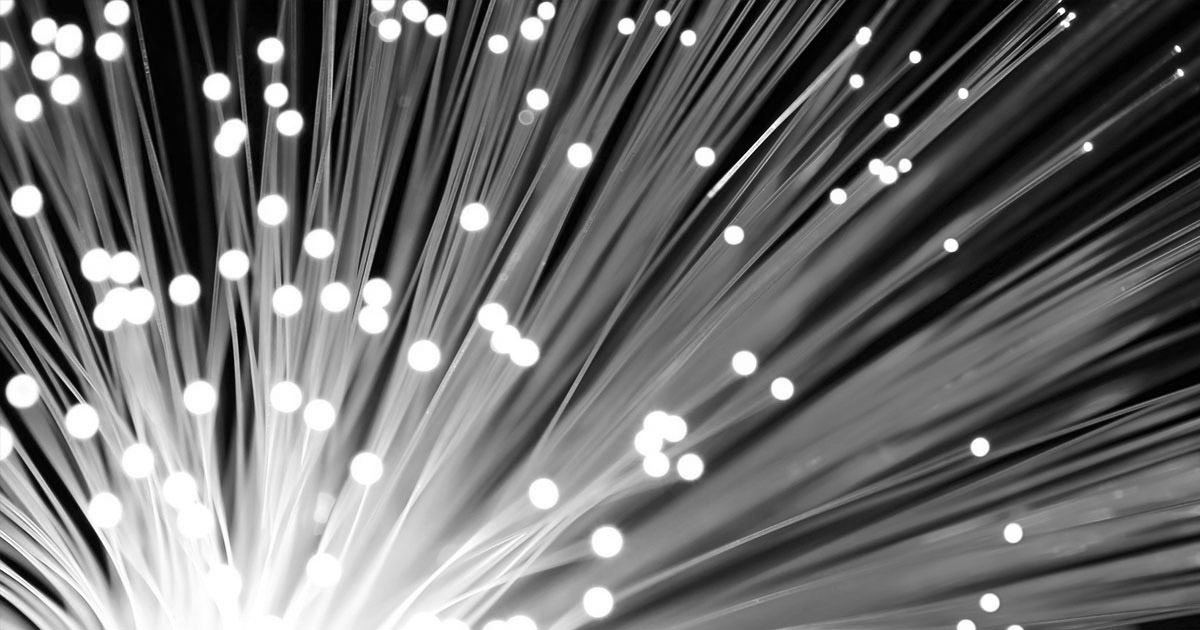Editor's Pick: Four-wave mixing in 1.3 μm epitaxial quantum dot lasers directly grown on silicon
02 May 2022
Among the authors, three are researchers at Télécom Paris, and one is Ph.D. candidate:
Frédéric Grillot is Professor at Télécom Paris and at the University of New Mexico (USA). He was also a Visiting Professor at the University of California Los Angeles (UCLA) where he taught laser dynamics and quantum mechanics. His current research focuses on photonics and quantum technologies for optical communications.
Jianan Duan received the B.S. degree in optronics engineering from the Huazhong University of Science and Technology, China, in 2014, and the M.S. degree and the Ph.D. degree in optoelectronics from the University of Paris-Saclay, France, in 2016 and 2019, respectively. He is currently a Post-Doctoral Researcher with Télécom Paris, Institut Polytechnique de Paris, France.
Heming Huang received the engineer degree in material science and engineering and the M.Sc. degree in photonics from the Institut National des Sciences Appliquées, Rennes, France, in 2013, and the Ph.D. degree from Télécom Paris, in 2017. He then rejoined Télécom Paris to pursue his research.
Bozhang Dong is Ph.D. candidate in photonics at Télécom Paris.
Abstract
This work compares the four-wave mixing (FWM) effect in epitaxial quantum dot (QD) lasers grown on silicon with quantum well (QW) lasers. A comparison of theory and experiment results shows that the measured FWM coefficient is in good agreement with theoretical predictions. The gain in signal power is higher for p-doped QD lasers than for undoped lasers, despite the same FWM coefficient. Owing to the near-zero linewidth enhancement factor, QD lasers exhibit FWM coefficients and conversion efficiency that are more than one order of magnitude higher than those of QW lasers. Thus, this leads to self-mode locking in QD lasers. These findings are useful for developing on-chip sources for photonic integrated circuits on silicon.
Header image: Chaitawat / Pixabay